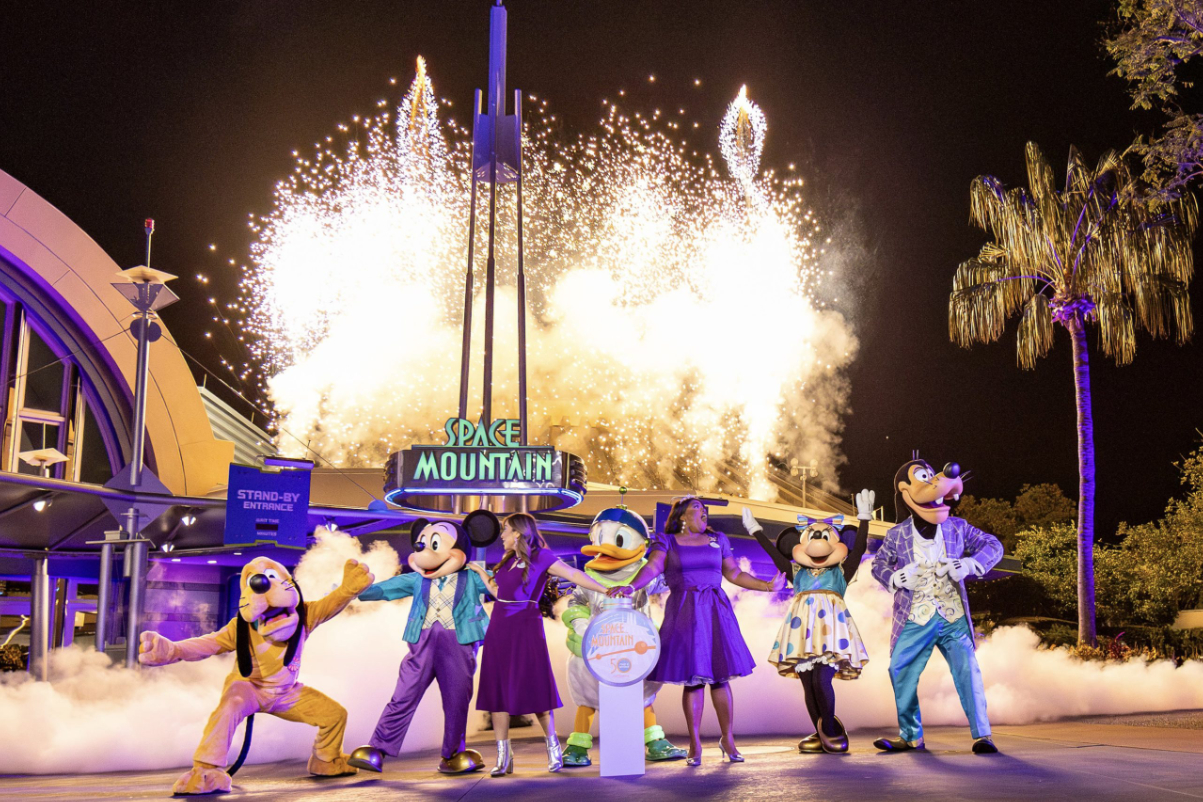New York City's High Line growing again, into a third and final section
Skift Take
NYC officials break ground on final section of High Line park, built atop elevated railway
The High Line elevated park, a destination for locals and tourists alike, is growing.
Park founders and public officials walked among wildflowers and weeds on Thursday to formally break ground on the third and final section of the park, built atop an out-of-use elevated railway in Manhattan.

A puddle reflects the New York skyline on a newly-acquired section of the High Line in Manhattan's west side, Thursday, Sept. 20, 2012. This third and final section of the elevated railway, constructed in the 1930's, loops from West 30th to West 34th Streets. It will be made into a public park and is scheduled to open in 2014. (AP Photo/Mark Lennihan)
The new section will run from West 30th Street to West 34th Street, from 10th Avenue to 12th Avenue.
The park already runs from below West 13th Street up to West 30th Street. More than 10 million people have visited the walkway since it opened in 2009. Part of the final section is expected to open to the public in 2014, officials said.
"The park has become a local treasure and an international icon as well as an important generator of economic growth for our city," Mayor Michael Bloomberg said in a statement.
The defunct railway was slated for demolition when two locals, Joshua David and Robert Hammond, began an effort to save it. The railway had become overgrown with shrubbery and wildflowers after falling out of use in the 1980s, and it had become a favorite destination for urban explorers who would sneak onto the decaying tracks.
![]()




